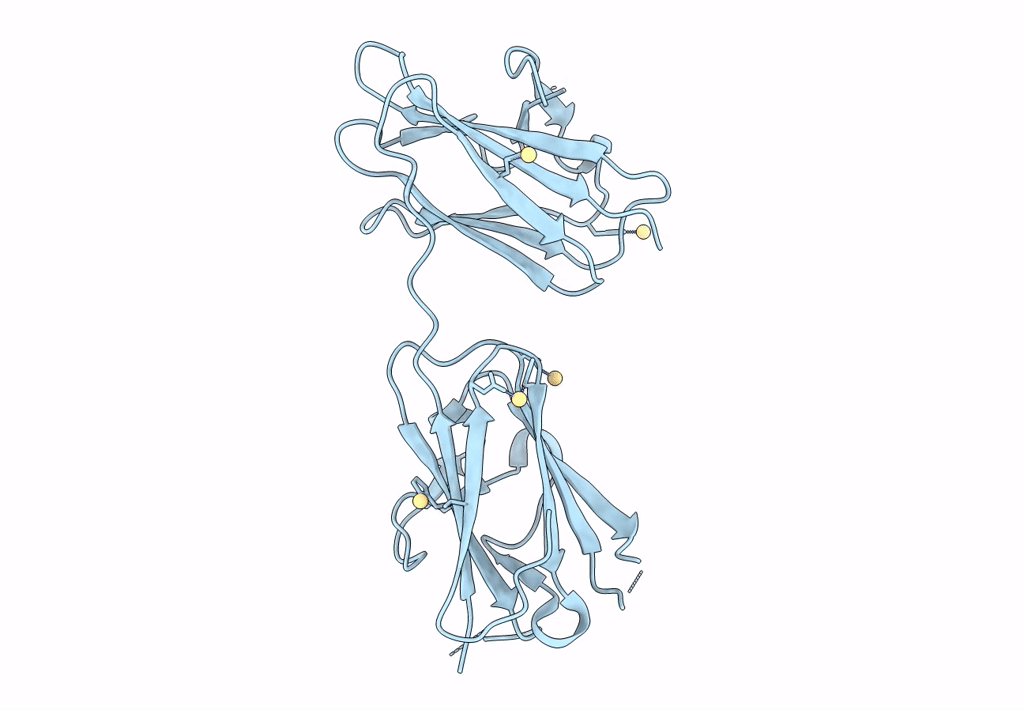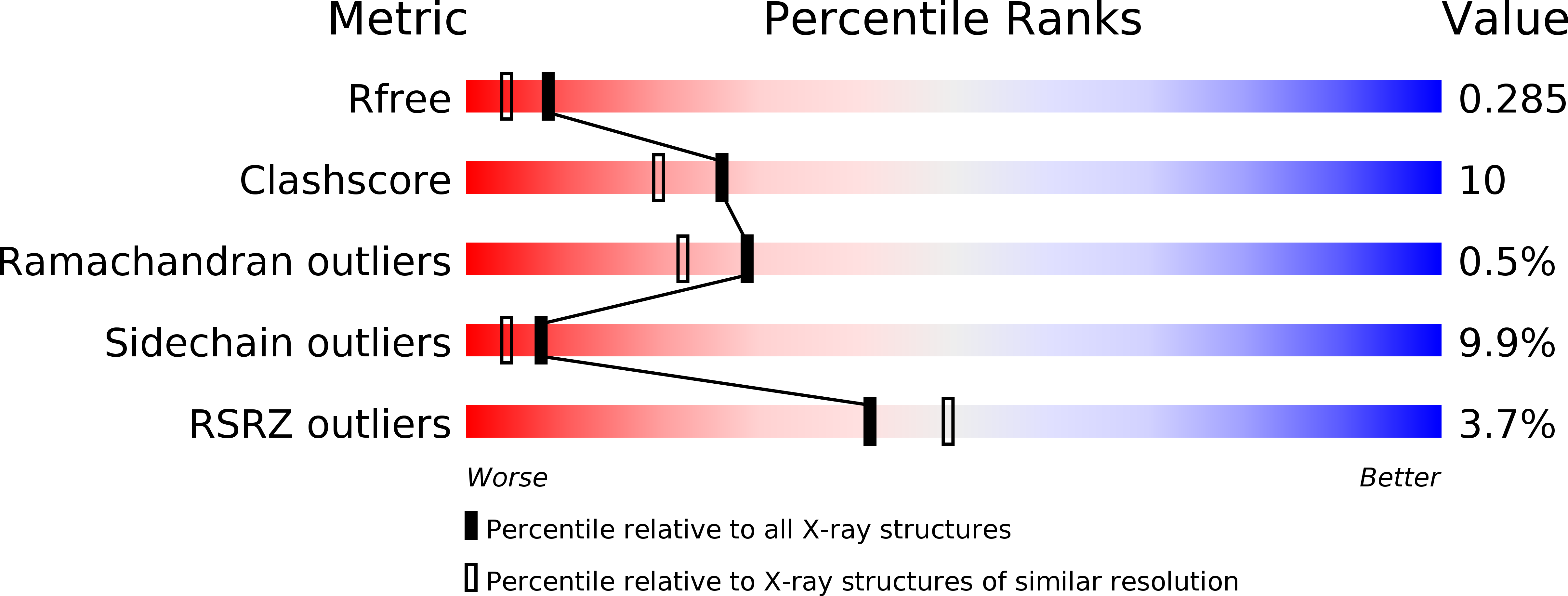
Deposition Date
2010-01-11
Release Date
2010-02-02
Last Version Date
2024-11-20
Method Details:
Experimental Method:
Resolution:
2.15 Å
R-Value Free:
0.28
R-Value Work:
0.23
R-Value Observed:
0.23
Space Group:
P 21 21 2


